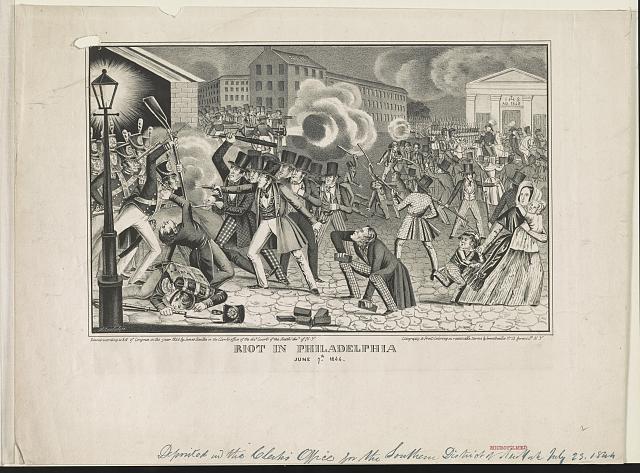Federal government shutdowns are never in the best interest of historians. The unpredictable events are detrimental to research, closing down the Library of Congress, National Archives, presidential libraries, and myriad specialized resources within different agencies. Historians working for the government find shutdowns not only lock them out of their offices and disrupt their work, but add the stigma of being labeled “nonessential.”

The government shutdown of 2013 forced the closure of all National Parks, including the National Mall. Wikimedia Commons/CC BY-SA 3.0
Although an enforced paid leave may seem like a gift, especially during the busy holiday season, most of the federal historians that I’ve dealt with have rued the experience. (Past shutdowns have always resulted in government employees being paid as usual.) Unanswered phone calls and e-mail, canceled meetings, missed deadlines, and interrupted publication schedules can wreak havoc with any historical office. Federal historians who register to attend professional conferences and book their flights and their rooms are instructed not to attend, or to return immediately. It’s all unnecessary and unsettling, not to mention that demeaning label.
In the ever-ongoing budget disputes between the executive and legislative branches, Congress occasionally missed a deadline without federal employees being furloughed. That began to change in 1980 when Jimmy Carter’s attorney general, Benjamin Civiletti, declared that federal agency heads would be in violation of the law if their offices continued to work without authorized funding. Consequently, federal agencies designated some employees as essential—particularly those dealing with national defense and public health and safety—while expecting everyone else to go home for the duration. For years after that ruling, the occasional shutdown rarely lasted for more than an afternoon. Then, in 1995, Republican majorities in Congress clashed mightily with Democratic President Bill Clinton, shutting down the government for 27 days (first in November and again in December and January).
When Clinton vetoed their appropriations bills, House Republicans led by Speaker Newt Gingrich chose to not to pass compromise measures but to let government spending lapse. Initially, the shutdown affected only the executive branch, but Clinton retaliated with the first ever veto of an appropriations bill for the legislative branch, thus also affecting those of us who worked on Capitol Hill. Congressional leaders assumed that the American public would not mind a temporary absence of big government or, if they did, would blame the president for the deadlock. But funding the government is a congressional responsibility, and voters were less interested in large or small government than an effective one. The public wanted its calls answered, its parks open, its checks paid on time, and all the other services that it had come to expect. Polls demonstrated that the blame for the impasse fell largely on Congress.
The poster child of the massive 1995–96 shutdown was the 17th-century Dutch painter Johannes Vermeer. The National Gallery had brought together a rare collection of the painter’s work. Thousands of people had ordered tickets, arranged flights, and had stood in long lines outside the gallery to see the show. They were outraged when the exhibit closed, and members of Congress heard from angry constituents who favored a government-funded art program.
That crisis ended with the kind of budget compromise between the branches and the parties that they should have reached beforehand. It took the bad publicity from the shutdown to make political leaders act responsibly. While we like to think that people learn from history, the government went through the same process again for 16 days in 2013, and may do so again this year. The federal government may brand history as “nonessential,” but these collective memory lapses only prove otherwise.
This post first appeared on AHA Today.
Donald A. Ritchie is US Senate historian emeritus.
This work is licensed under a Creative Commons Attribution-NonCommercial-NoDerivatives 4.0 International License. Attribution must provide author name, article title, Perspectives on History, date of publication, and a link to this page. This license applies only to the article, not to text or images used here by permission.


